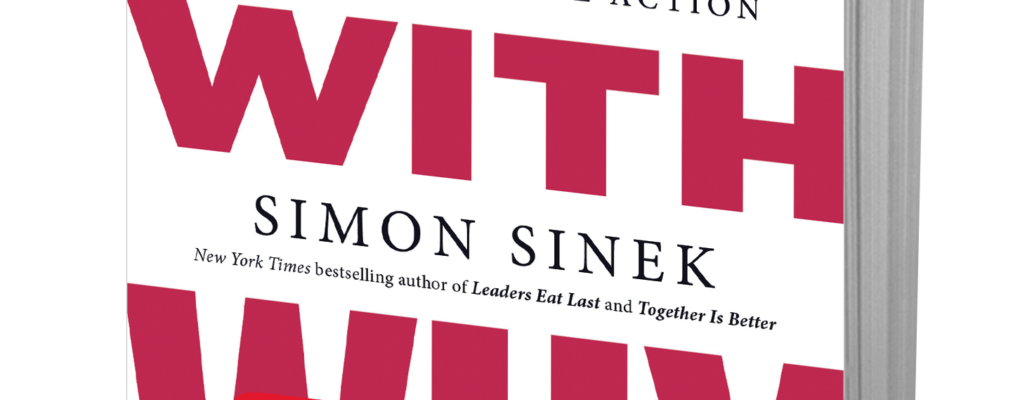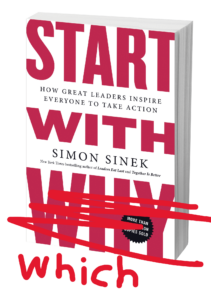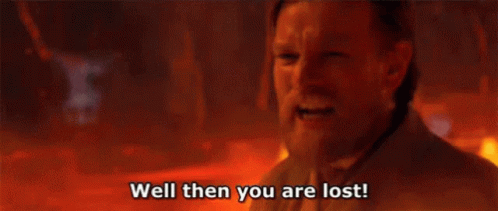
I’ll tell you the fundamental rules of organization, because they’re very simple and I’ve found they can be reduced down to two: Name things correctly, and don’t make two of the same thing.
This will fix all of your organizational problems. I mean every time you have to “dig something up” and it takes more than 10 seconds; every time you “could’ve sworn I wrote this down somewhere”; every time you have 13 documents with titles like draft_final_2.docx.
All of this should be easy. For all the work you do to create and collect valuable information—notes, documents, bookmarks, folders—it should be immediately available to you whenever you need it. Some people are naturally organized and some aren’t; let me try and help those who aren’t, because the whole thing can really be made so simple.
Why is organization a big deal?
Generalists who juggle multiple projects often need to stop-and-go on them at different times. I’ll often start something, progress to a decent milestone, and then put it on hold to get into something more opportune. Months or years could go by before I return to it. But I do return to it, and I do finish it, and the context-switching costs are not bad. The only reason I can pull this off is because I’m careful about organizing and documenting my ideas, knowledge, and work.
In my closet right now I have an unfinished painting that I started in 2018. I still like the project, I just haven’t had a strong enough reason to dedicate more time to it over other things (gradually I’ve been completing other art projects that were more important to me). Now it’s the end of 2024 and I still know exactly where to find the info I need to continue that painting (the reference images, plus my notes on what ideas the painting should evoke).
This a superpower—to be able to kick a project far into the future and still retain all the progress you’ve made. It makes you more agile in the present, able to quickly shift your focus when good opportunities come up. So ironically, this strict focus on good organization allows you to throw your structured plans to the side and act on your gut more often: the structure will be there waiting for you, unharmed by your temporary neglect.
And good organization is easy. There are only two rules.
Name things correctly
Give everything a name that your future self will understand.
Don’t write words that are ticking time bombs to being incorrect. If you name a draft document Next month's newsletter.docx, that will be the correct name for one month at most, and the incorrect name for the rest of eternity. One day you’ll open Next month's newsletter.docx, and it will not in fact contain the newsletter for the next month. The name is a ticking time bomb: safe for one month, but after that it’s lying to you.
To name things correctly, always ask, “Which?”

Simon Sinek agrees
You’re tired of writing and you decide to save this new document as draft.docx. Well, which draft is it? “The draft of my newsletter.”
newsletter-draft.docx
Which newsletter is it? “The one I’m sending out in January.”
january-newsletter-draft.docx
Which January is it?
january-2025-newsletter-draft.docx
That name, or any name that has basically the same information, is a correct name. And a lot of this is covered if you have a good hierarchical folder structure (but you don’t have to). For example, the draft could live in a Documents/newsletters/2025/ folder and then simply be called january-draft.docx. Consider the location to be part of the name (techy people will know that it literally is).
In any case, by clarifying all of the “which”s, you eliminate all the misunderstandings your future self could make.
Go easy on your future self! We have a tendency to think our present context and all of our short-term memory will carry forward perfectly into the future. “Of course I’ll know what I meant here, I’ve been working on this all day.” But I’ve done this to myself enough times to know it doesn’t work like that.
Don’t make two of the same thing
This spins off from the first rule: if you name things correctly, it’s much easier to check if something already exists. But if you don’t, or if you work with different organizational schemes, or on different platforms, it’s very easy to end up with two of the same kind of thing.
You thought of something you want to add to the newsletter draft, but suddenly you find yourself with both a newsletter drafts.docx and a next-newsletter.docx…
Every time you go to create a new file/sheet/folder/whatever, you have to ask yourself, “Does the thing I want to use this for already exist?” It’s a tiny habit that will save you so much time.
This also means you have to sync some stuff across your devices or platforms, ideally automatically. You have an art projects folder, but it’s on your home computer, and right now you have an art idea you want to write down, but you’re away from your computer, so you write it in a note on your phone. Now you have two of same thing: “place where my art project ideas go,” and your future self isn’t going to like that.
Clean up your Google Drive / OneDrive / Apple-whatever and make sure it’s syncing across all the devices you use. In order to have only one of each thing, that thing needs to be available to you in all the contexts where you might access it.
By following this rule, you’ll always put things where they “belong.” You met a nice person and just learned their birthday, and you want to remember it. You write it down in your phone notes. Is that the place where you’re tracking birthdays? Because, Apple Contacts or Google Contacts (whichever is storing phone numbers for you) has already laid a claim on where birthdays belong. They have your friend’s phone number associated with their contact, and they’re just as ready to store the birthday. Don’t let yourself have two different places where birthdays could be found.
I used to have a temp stuff folder, for anything I’m going to use immediately, when I just need to put it off to the side for a second. It’s a useful folder! But then I realized that most of the time my “temporary stuff” is files that I just downloaded, so they’re starting in the Downloads folder. So now I just use Downloads as my “temp stuff” folder: I’ll move files into there when I need to put them somewhere temporarily. So there’s exactly one place where that kind of stuff goes.
You do you
I’m not going to tell you where to write notes or which to-do app is good or whether you should use a calendar for anything, etc. Everyone has their own preferences for what they write down or save and what kinds of systems they use to organize their thoughts/knowledge/projects/lives.
Maybe you hate to-do apps but you write daily goals in a plain text file. Maybe you keep a journal but you only write about your feelings, nothing else. Maybe your reading notes are all squeezed into the margins of the physical books you read. It doesn’t matter—whatever system works best for you, you can do it justice by following it well, and that entails: naming things correctly, and not making two of the same thing.
Happy organizing!

